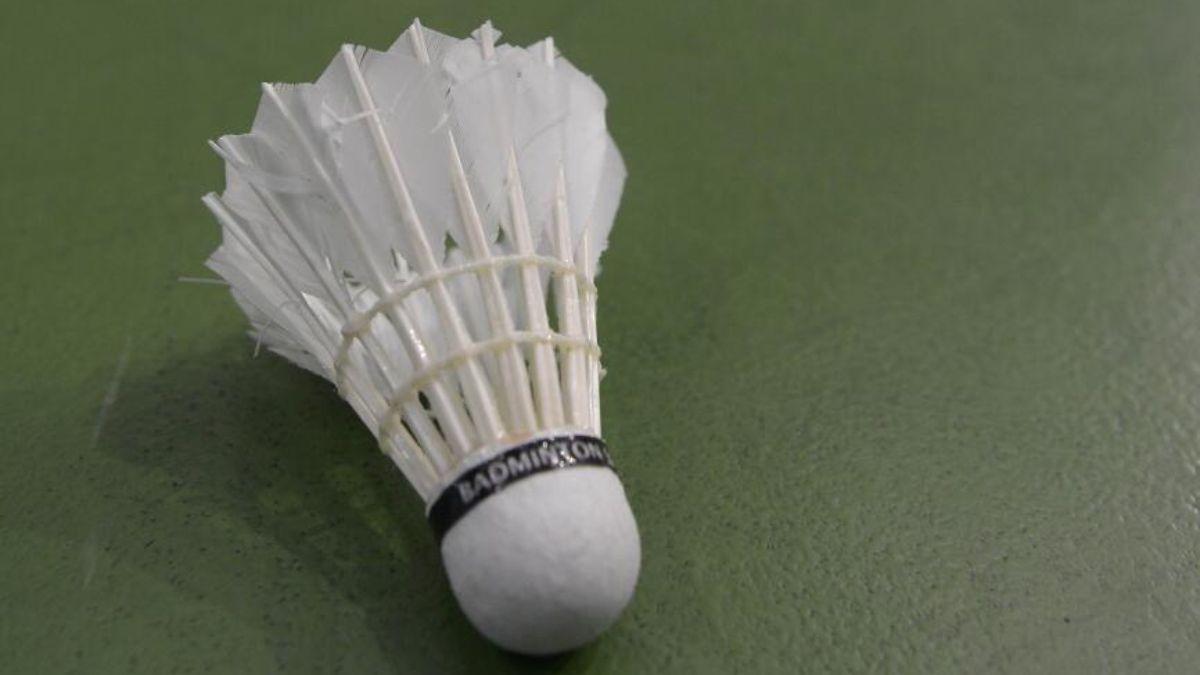Badminton World Federation Addresses Shuttlecock Shortage Concerns
The Badminton World Federation (BWF) Secretary-General, Thomas Lund, recently spoke out about the ongoing shuttlecock shortage affecting the badminton community worldwide. While Lund acknowledged the challenges in the global supply chain that have led to a significant increase in feather shuttle prices, he emphasized that the situation has not yet reached a “crisis level.”
Price Hikes and Supply Chain Issues
Prices of imported feather shuttles have more than doubled in the past year due to a raw material shortage in China, the main producer of feather shuttlecocks. According to a report in French newspaper L’Equipe, the shortage is attributed to changing food habits in China, with a preference for pork over duck and goose meat, as well as the global rise in badminton’s popularity.
Lund expressed concern over the impact of these price hikes on the badminton community worldwide. He stressed the need for manufacturers to address supply chain issues and accelerate the production of advanced synthetic shuttlecock options for players.
BWF’s Commitment to Synthetic Shuttlecocks
Despite the current reliance on feather shuttlecocks, BWF has been investing in the development of synthetic alternatives for long-term sustainability in the sport. Lund reiterated BWF’s commitment to this project, which has been ongoing for over a decade.
While BWF does not manufacture shuttlecocks itself, the organization is working closely with manufacturers to introduce more advanced synthetic options. Lund emphasized the importance of manufacturers taking the lead in resolving supply chain challenges and expediting the production of synthetic shuttlecocks.
Testing and Trialing Synthetic Shuttlecocks
BWF has been actively experimenting with synthetic shuttlecocks to address sustainability and supply concerns. Lund stated that testing and trialing programs for the production and introduction of synthetic shuttlecocks for both competition and social play are part of BWF’s long-term strategies.
Several manufacturers have already introduced social use synthetic shuttlecocks, which have received positive feedback from the badminton community. Work is also underway to develop competition-approved synthetic shuttlecocks based on feedback from previous testing windows.
Monitoring the Situation
Lund assured that BWF is closely monitoring the shuttlecock shortage situation and regularly engaging with top global manufacturers. The organization is committed to updating Member Associations and the badminton community on any new developments or breakthroughs in addressing the supply chain challenges.
Overall, the badminton community can rest assured that BWF is actively working to find solutions to the ongoing shuttlecock shortage, with a focus on long-term sustainability and accessibility for players of all levels.
Impact on Players and Clubs
As the shuttlecock shortage continues to persist, players and badminton clubs around the world are feeling the effects. With the increasing prices of feather shuttles, many players, particularly those from lower-income backgrounds or developing countries, are finding it challenging to afford the essential equipment for their training and competitions. This disparity in access to shuttlecocks could potentially widen the gap between players and hinder the growth of the sport in certain regions.
Badminton clubs are also grappling with the financial implications of the shuttlecock shortage. For clubs that rely on a steady supply of shuttlecocks for their members and tournaments, the soaring prices can strain their budgets and impact their ability to provide quality playing experiences. Some clubs may be forced to limit their activities or increase membership fees to accommodate the rising costs of shuttlecocks, potentially leading to a decline in participation rates.
Innovation in Shuttlecock Technology
Amidst the challenges posed by the shuttlecock shortage, there is a silver lining in the form of innovation in shuttlecock technology. Manufacturers are increasingly focusing on developing synthetic shuttlecocks that mimic the flight and feel of feather shuttles, offering a more sustainable and cost-effective alternative for players. These advanced synthetic options are designed to withstand intense gameplay while maintaining the characteristics that players appreciate in feather shuttles.
By investing in research and development to enhance the performance and durability of synthetic shuttlecocks, manufacturers are paving the way for a future where players can enjoy a consistent and reliable supply of shuttlecocks without being hindered by external factors such as raw material shortages. The evolution of shuttlecock technology not only addresses the current challenges faced by the badminton community but also opens up new possibilities for the sport’s growth and accessibility.
Global Collaboration and Support
Recognizing the urgency of the shuttlecock shortage issue, the badminton community, including players, coaches, manufacturers, and organizations, is coming together to find collaborative solutions. Forums and discussions are being held to exchange ideas, experiences, and best practices in managing the impact of the shortage while exploring long-term strategies for sustainable shuttlecock production.
International partnerships are being forged to ensure a more equitable distribution of shuttlecocks across different regions, with a focus on supporting grassroots initiatives and community programs that promote inclusivity and diversity in badminton. By fostering a spirit of cooperation and solidarity, the global badminton community is demonstrating resilience and adaptability in the face of challenges, uniting to secure the future of the sport for generations to come.
Looking Ahead
As the badminton world navigates the shuttlecock shortage crisis, it is essential to remain proactive, innovative, and collaborative in seeking sustainable solutions. By leveraging advancements in shuttlecock technology, promoting accessibility and affordability for all players, and fostering a spirit of unity and cooperation, the badminton community can overcome the current challenges and emerge stronger and more resilient.
With the continued efforts of the Badminton World Federation, manufacturers, players, and enthusiasts, the sport of badminton can thrive and evolve, ensuring that future generations can enjoy the thrill and excitement of the game without being constrained by external factors such as shuttlecock shortages. Together, we can shape a future where badminton remains a beloved sport that brings people together, transcending boundaries and creating lasting memories on and off the court.

